Galle Museum
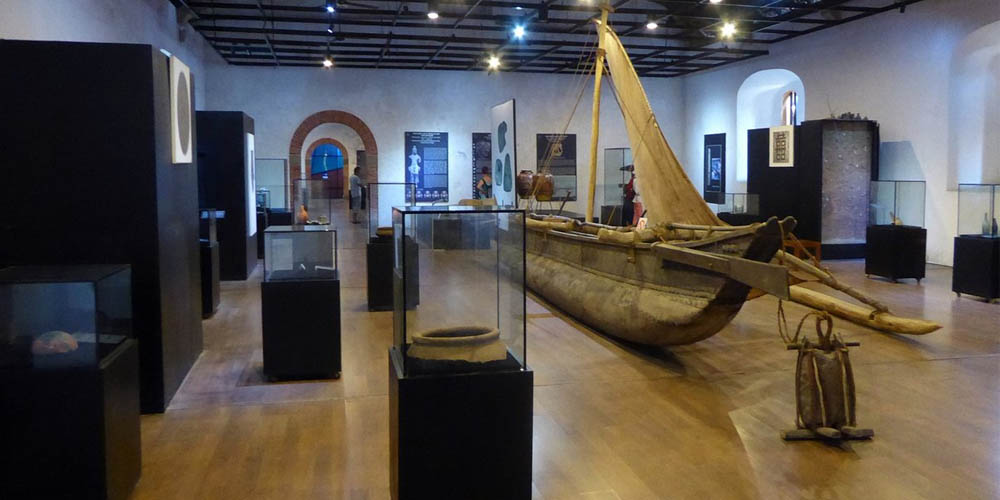
The Maritime Archaeology Museum in Galle, also known as the National Maritime Museum, is a unique institution dedicated to showcasing Sri Lanka’s rich maritime archaeological heritage. Located within the UNESCO World Heritage Site of Galle Fort, the museum is housed in a historic Dutch warehouse built in 1671 (some sources cite 1672) above the Old Gate of the fort. The museum was first opened to the public on May 9, 1992, and is managed by the Central Cultural Fund.
Historical Significance
The Dutch Warehouse building, constructed during the latter part of the seventeenth century, is architecturally unique as part of the structure is incorporated into the thickness of the fort’s ramparts. Throughout its three-century history, the building served various functions including as an administrative office complex, before being transformed into a museum dedicated to preserving Sri Lanka’s maritime heritage.
Tsunami Recovery and Reconstruction
The museum faced devastating challenges when the December 26, 2004 tsunami struck. While the historic warehouse building survived, the adjoining UNESCO Maritime Archaeology Unit was completely destroyed, and flood waters damaged all exhibitions, resulting in the loss of approximately 80% of the museum’s 3,600 archaeological objects salvaged from shipwrecks.
Under the Sri Lanka-Netherlands Cultural Cooperation Programme, the Royal Government of the Netherlands provided financial assistance amounting to Rs. 177 million for the museum’s reconstruction. After three years of extensive renovation work, the Maritime Archaeology Museum was ceremonially reopened on March 4, 2010, as the country’s first National Maritime Archaeology Museum.
Purpose and Objectives
The museum was established to:
- Showcase Sri Lanka’s maritime archaeological heritage to the public
- Document and preserve artifacts from maritime trade and underwater excavations
- Demonstrate Sri Lanka’s historical trade relations with foreign countries from different periods
- Highlight social and cultural transformations in Sri Lanka from the 17th to 19th centuries
- Serve as a catalyst for promoting cultural tourism in Galle and southern Sri Lanka
Collections and Exhibitions
The museum houses a diverse collection of maritime artifacts displayed across four main galleries:
Gallery Themes Include:
- Maritime Trade History: Evidence of Sri Lanka’s role as a major trading port from the beginning of the Christian era, with artifacts demonstrating connections between eastern and western maritime routes
- Shipwreck Artifacts: Objects recovered from underwater archaeological excavations, particularly from Dutch merchant vessels including the Avondster (1659) and Hercules (1661) that sank in Galle harbor
- Colonial Era Collections: Dutch East India Company (V.O.C.) porcelain objects, large water vessels, arms and weapons used by Dutch soldiers, beer mugs, smoking pipes, and barrels
- Maritime Culture: Traditional watercrafts used in passenger transport and maritime trading, fishing techniques, and the lifestyle of southern coastal fishing communities displayed through models and replicas
- Marine Ecosystems: Information on marine flora and fauna, including models of mangroves, seashore plants, turtles, sea birds, marine mammals, coral specimens, and marine shells
The museum’s exhibitions span a long period of Sri Lankan history from 5000 BCE to the late 19th century CE, presented through artifacts, replicas, models, informative panels, and videos.
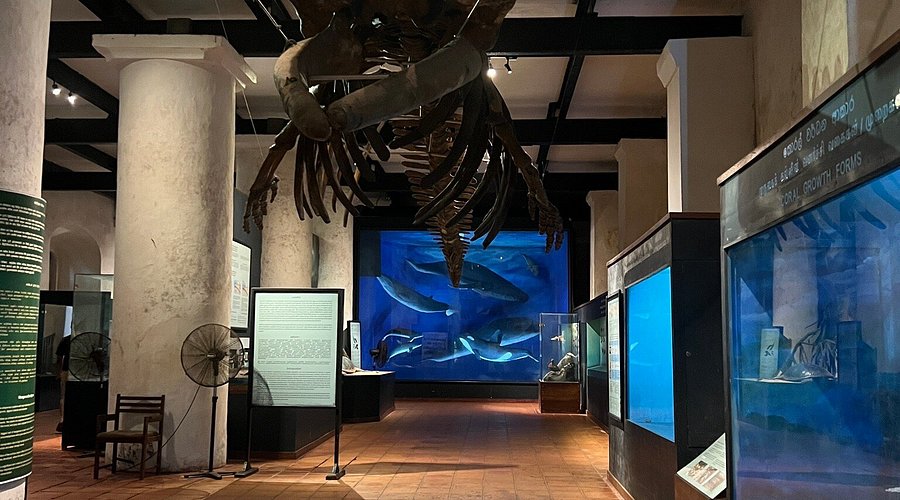
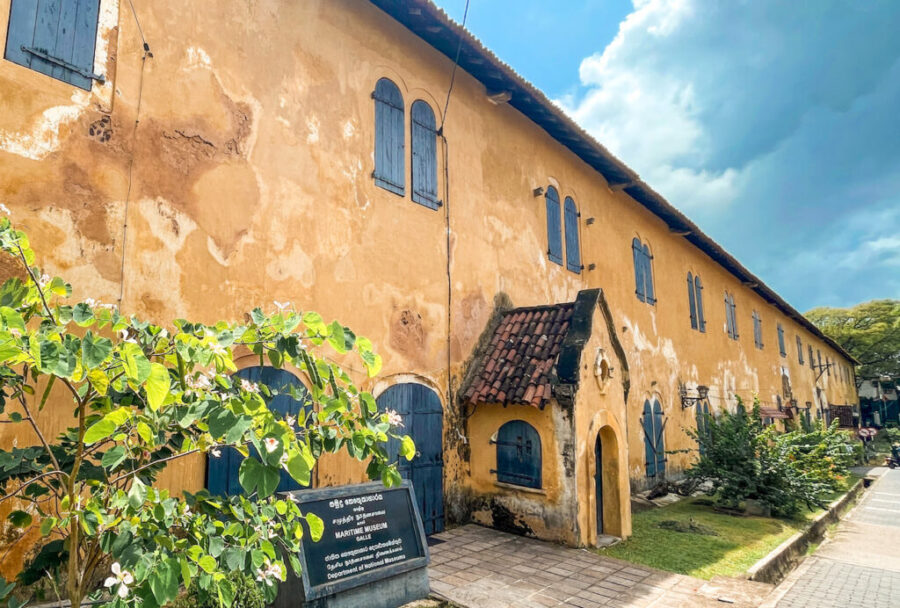
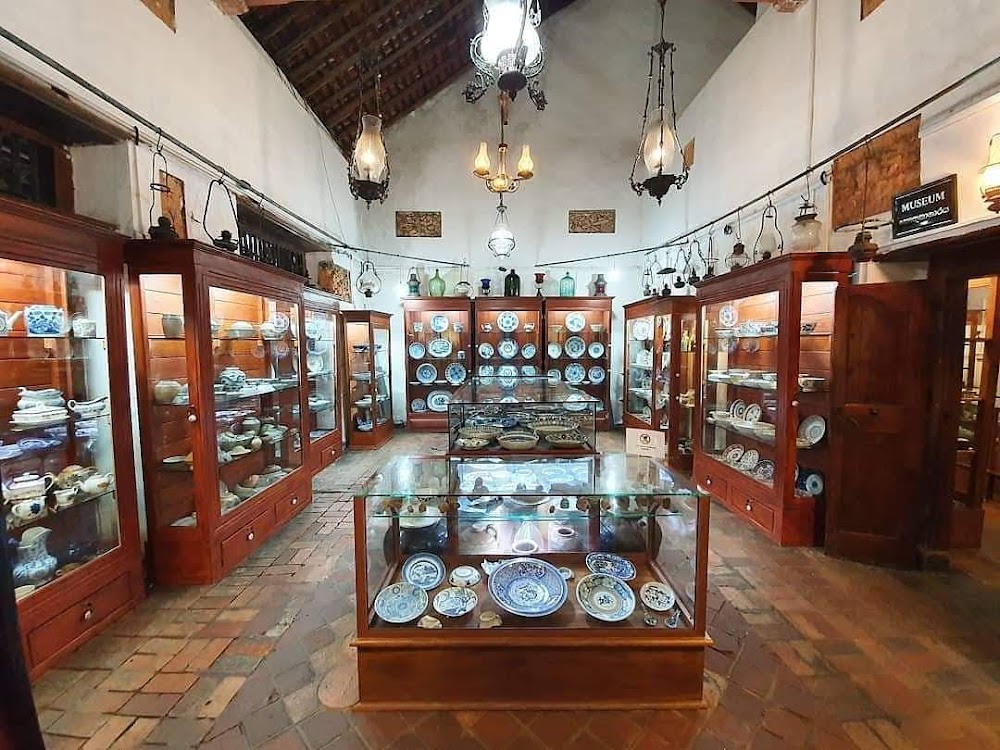
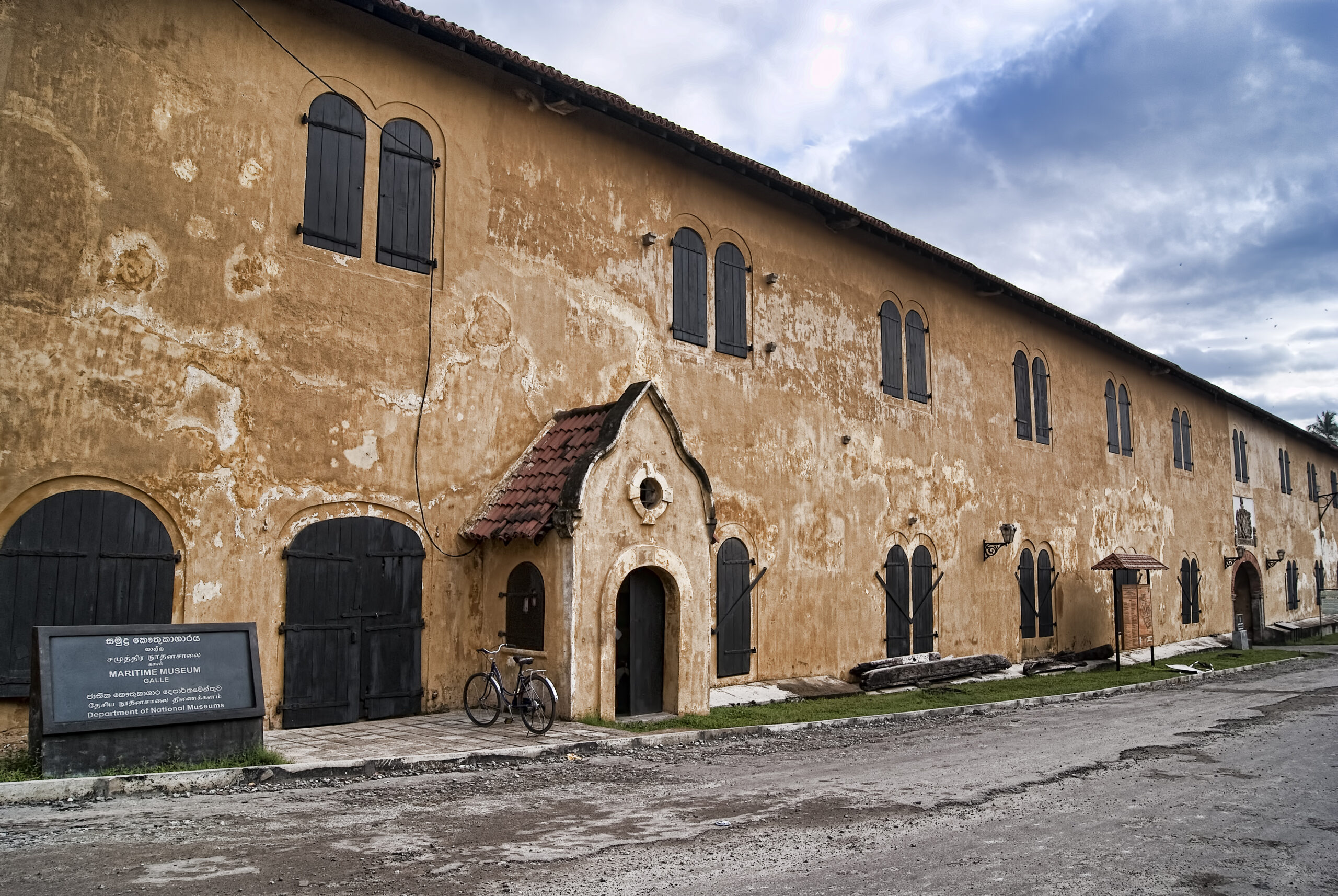
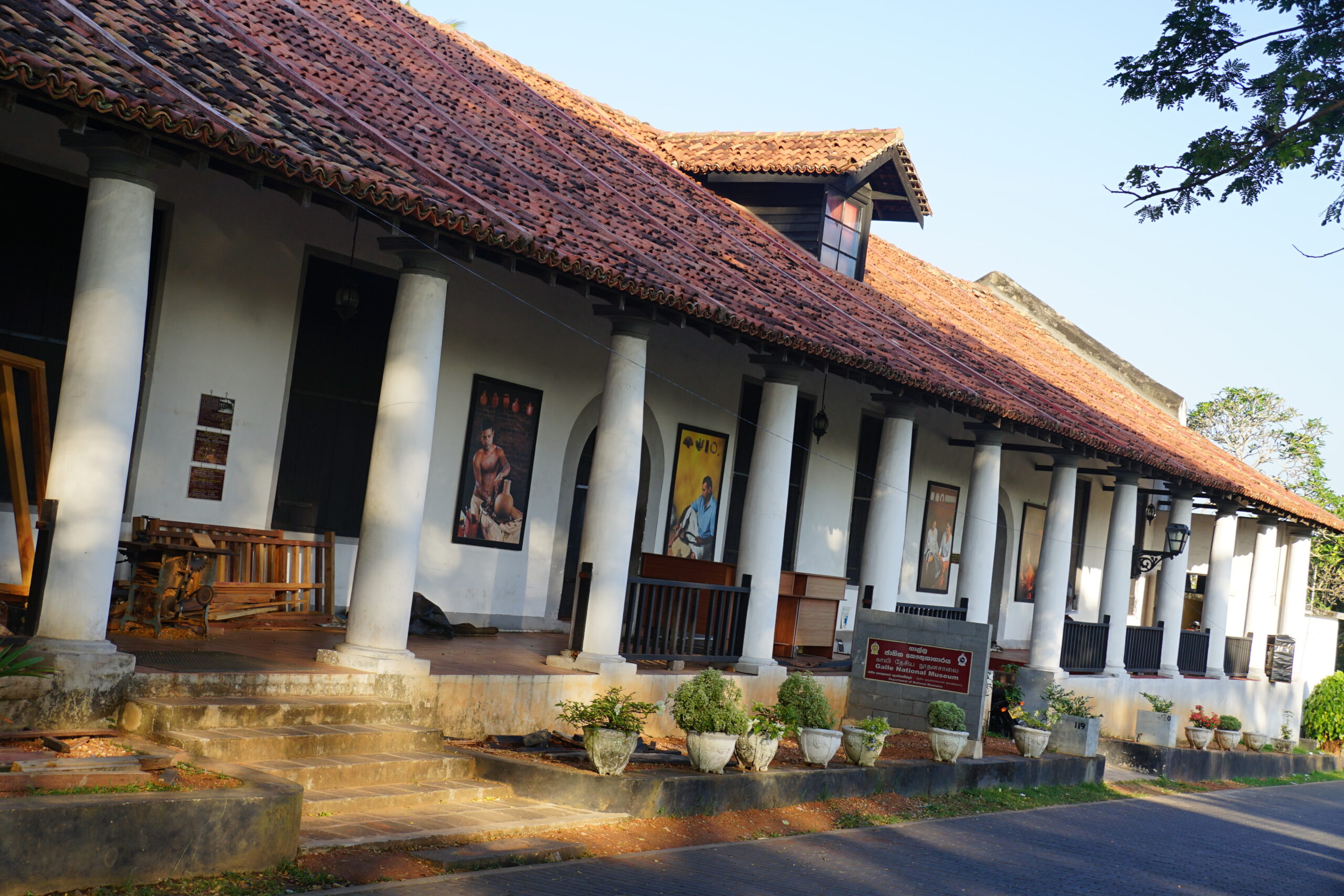
*Photo credits go to the respective owners
